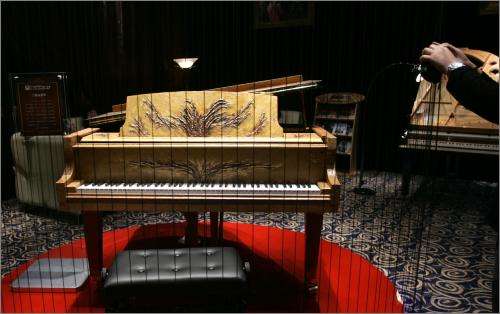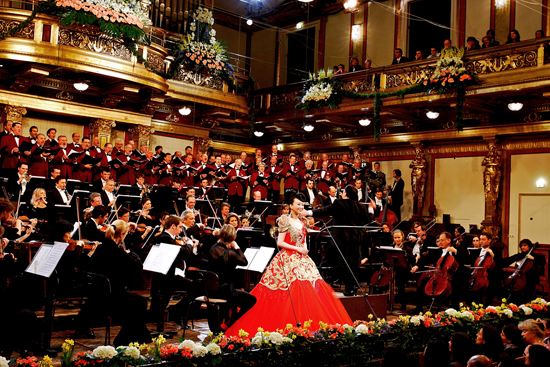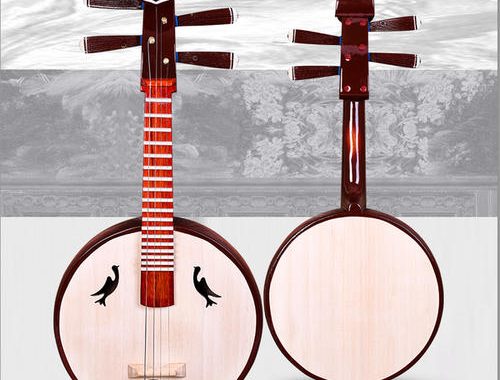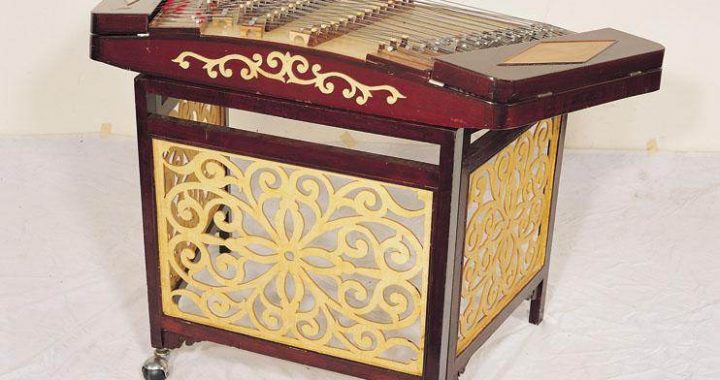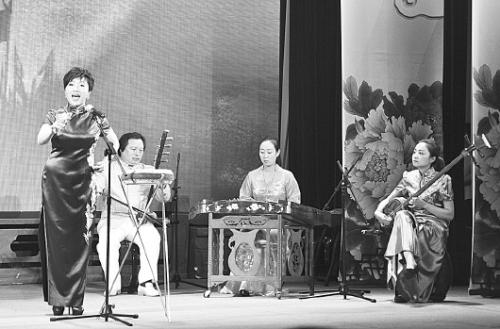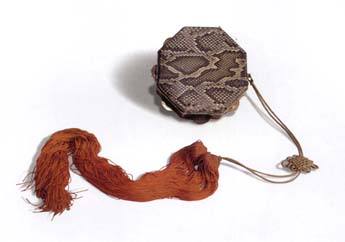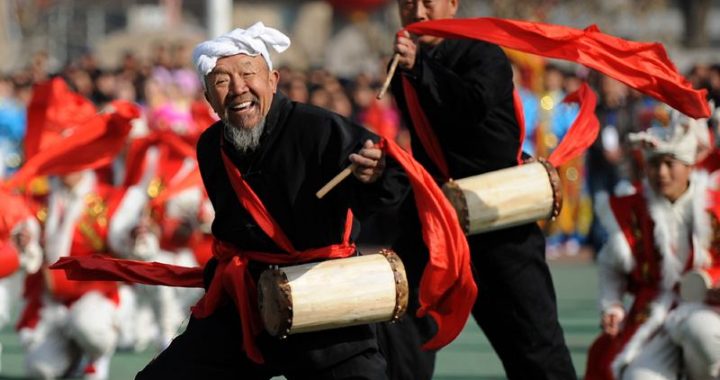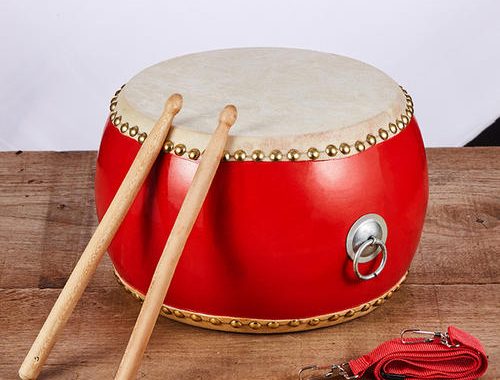Heroic epics: the musical instruments of Quyi (vocal arts)
2 min readUnder the setting sun, a crowd of people is gathered by an ancient willow tree outside the village gates. A blind storyteller beats a drum and sings, telling historical epics that move the audience to praise and tears.
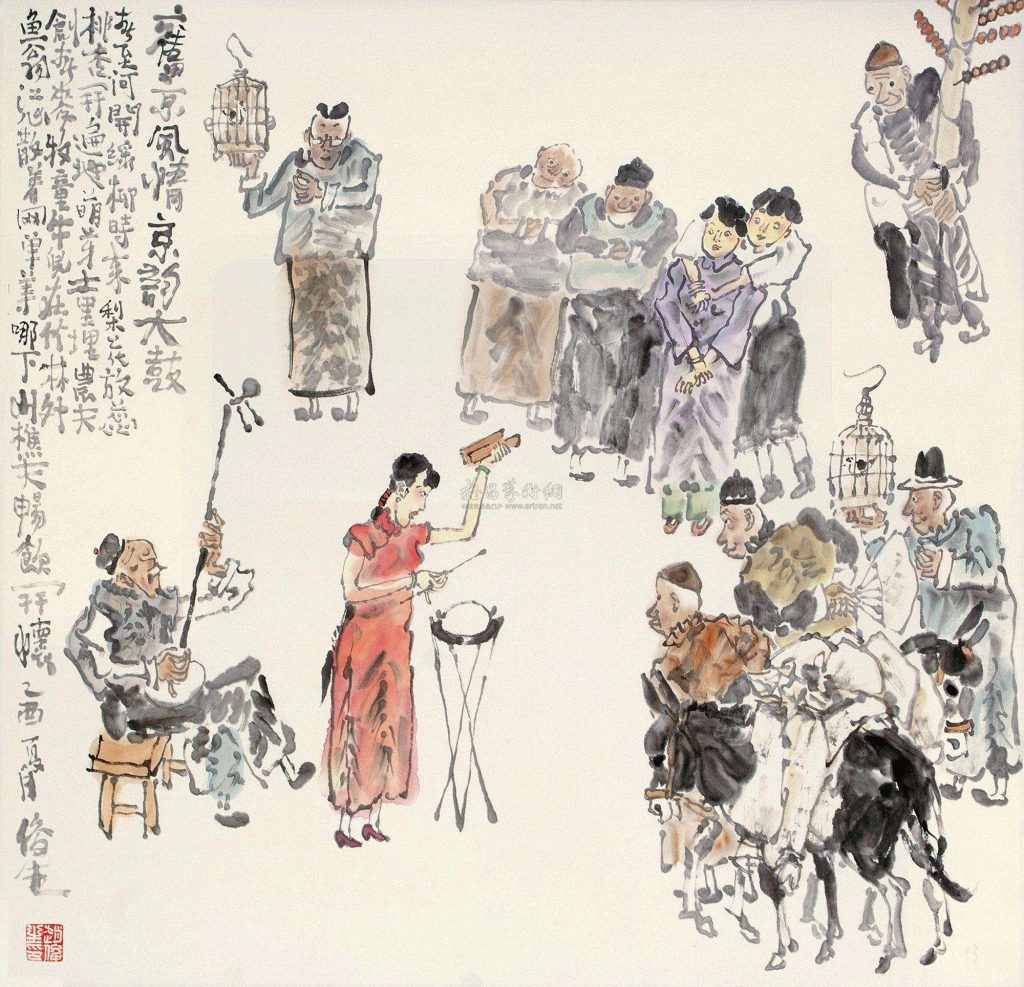
This is a scene common throughout China’s countryside.
Every ethnic group or nationality has its own history, often intimately intertwined with its heroic fig-ures. Consequently, each group also has its own epics, told to eulogize those heroes and pass down their stories to future generations. The Han people tell of an emperor, the founder of the Song Dynasty, who used an iron staff to conquer his enemies. The Mongolian people describe one of their heroes in the epic taleJiangge’er, while the Tibetans have recounted King Gesar’s Saga over the ages. Examples of a popular performing art form known as Quyi (vocal arts), these epic narratives are recited by a vocal artist, with instrumental accompaniment provided to heighten the mood. Quyi (vocal arts) emphasize both recitation and singing, so this art form is also known as narrative song. There are numerous varieties of popular Quyi (vocal arts) in China. They include Dagushu (storytelling with drum accompaniment) and Danxian (storytelling accompanied by the sanxian) in the north; Suzhou Pingtan (storytelling in Suzhou dialect with musical accompaniment) that people love to see and hear south of the Changjiang River, and humor-ous Sichuan Yangqin (storytelling accompanied by the yangqin hammered dulcimer) in the southwestern border regions. There are over 200 regional varieties of Quyi (vocal arts) throughout China. Each style is usually accompanied by one or more main instruments, which play a central role in the performance.
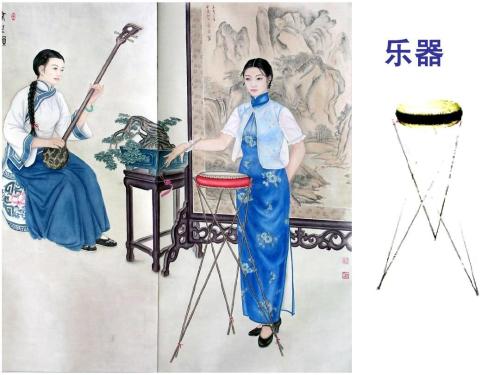
Shugu drum
Jing yun Dagu is a type of Quyi (vocal arts) with a strong Beijing flavor, popular in Beijing, Tianjin, north-ern China, and northeastern China. With a history reaching back over one hundred years, it is based on classical narrative song forms and includes elements of Beijing opera, Bangzi opera, and other Quyi styles.
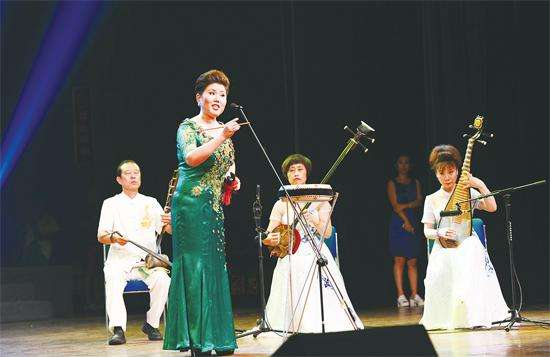
Jing yun Dagu is generally performed by a single person who sets the rhythm with drums or clappers. It may also be accompanied by the sanxian (three-string lute) or sihu (four-string fiddle). The characteristic instrument of Jingyun Dagu is the shugu drum, a small percussion instrument that is played on a bamboo stand. The shugu drum is shaped like a flat disc about 25 centimeters in diameter. The frame is made out of hardwood and painted with black or red lacquer, and both ends are covered with cowhide drumheads. The tone is low-pitched but penetrating. The performer sings or recites, holding shuban (clappers) or lihuapian (pear-flower finger cymbals) in the left hand and striking the drum with a stick held in the right hand.
